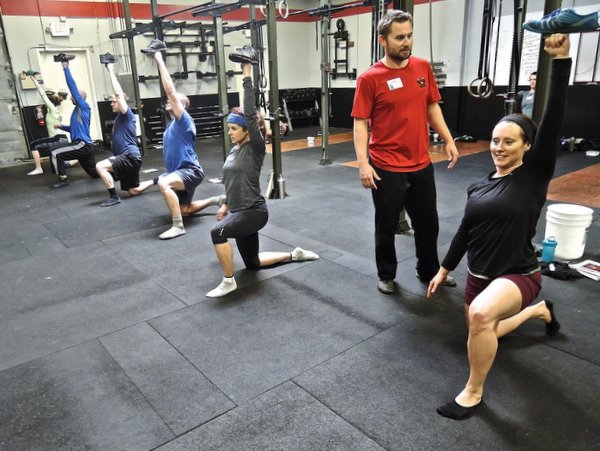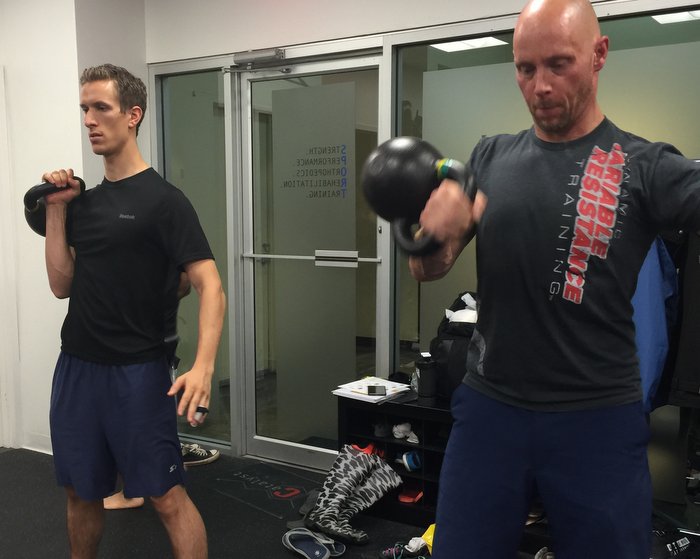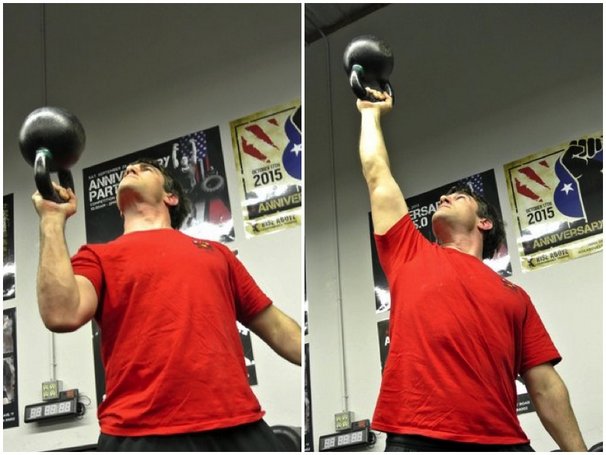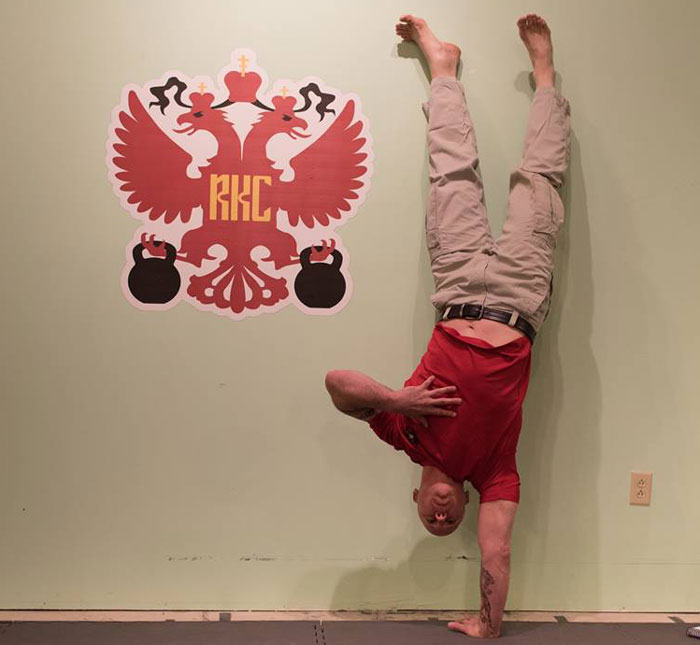
Other than the excuse of “I don’t have the money to train”, the other top excuse for not exercising is “I don’t have time”. The money issue is usually more a question of priorities. At my gym, it costs about five dollars a day to join my classes. That’s not much when it seems like many people spend $3 to $5 on their morning coffee, $10-15 on lunch and waste even more on other frivolous expenditures. If it still isn’t in the budget, people can always work out at home with books like Convict Conditioning, Survival Strong, or Master the Kettlebell for a small one-time investment. But, budgeting to join a class could be as easy as packing your lunch and making your own coffee. Where there’s a will, there’s a way. I’ve been almost penniless—twice—and never stopped training. Excuses are like armpits, everyone has them and they all stink! But, my focus for this post isn’t savings, it’s time allocation.
“No time, no time, no time…” That’s no excuse. Make time! It doesn’t take much. Pick an activity and do it for one hour, three times a week. Do something else for 20 to 30 minutes a day on your “off days”. If you still can’t manage one hour, three times a week, start by doing this little workout to get your juices flowing—all you need is 30 minutes, a floor and a $10 jump rope:
The goal is 1000 jump rope skips (200 per round for 5 sets), 100 push-ups (25 per round for 4 sets) and 120 abdominals (30 per round for 4 sets). Here’s the order: jump rope, push-ups, abs, jump rope, push-ups, abs, jump rope, push-ups, abs, jump rope, push-ups, abs, jump rope. End the workout with planks, bridges and stretching.
With kettlebells, you can do a 12 or 20 minute Tabata interval sequence. Pick 3 to 5 exercises, and set your interval timer for 20 seconds of work/10 seconds of rest and hit it! Your heart rate will rise and you’ll be sweating in no time! For example, you could pick three exercises like double kettlebell swings, double kettlebell front squats and double kettlebell presses. If you pick five exercises you might add double kettlebell rows and cleans. There are endless combinations. Pick a few that work well together. A bodyweight exercise only version could be burpees, push-ups and abs. End the workout with bridges and stretch out. There are endless possibilities.
Here’s a real life example of how I kept training in a very busy time…
It was crunch time. I had less than three weeks before the photo shoot for my upcoming book with Marty Gallagher, Ferocious Fitness. I needed to be in peak condition, so missing my training was out of the question. My training had been going according to schedule, but then life happened—as it often does—when you own a business, are a parent, a spouse, have older parents, and have dogs, too.
Right before noon, I got a call from my six year old daughter’s school. She was sick and needed to come home. Since my wife was at her job 40 miles away from home, I also needed to take my daughter to the doctor. I told my blue belts what to cover in our noon Brazilian Jiu Jitsu class, and I was out the door.
The first available doctor’s appointment was 2PM, and it was already 12:22 by the time I picked up my little one. After I situated her on the couch at home, I had 1 hour and 38 minutes to workout, eat, shower and get her to the doctor. Game on!
I went into the garage and hit it. I started with the 5 Geometric Bando forms (Point, Square, Cross, T and the Line), three times each. Then I did a nonstop circuit with Neuro-Grip push-ups and kettlebells. I did four sets of the Neuro-Grip push-ups and three sets of the other exercises:
- 25 Neuro-Grip push-ups
- 10 hand to hand kettlebell swings
- Table top push-downs, 10 seconds, 6 reps
- Single kettlebell front squats, 5 reps each side
- WOD-QB roller: 5 seconds out and back, 5 reps to the center and each side
- Single kettlebell high pulls, 8 each side
- 4 way neck, 10 seconds dynamic tension in each direction
- Single kettlebell rows, 8 each side
I ended the workout with 5 sets of uneven kettlebell shrugs (20 reps per set). Since I didn’t have time for a “real” lunch, I made a shake with a banana, a splash of OJ, water, a tablespoon of peanut butter, and egg white protein powder—then chugged it. I took the next 7 minutes to shower, get dressed and get in the car. (I’m glad I’m bald at times like this!) At 1:45PM we were off to the doctor’s office, and made it on time. It even worked out that we were able to pick up her prescription, and drop her off at home with the sitter by 3:15PM. I had plenty of time to teach my 4PM kettlebell class, and since my wife got home from work early, I was able to teach my classes through 9PM.
I could have easily bypassed the workout and no one would have thought less of me—except for me! My point is that these scenarios happen fairly often. A sick child, a parent who needs help, a dog eating the carpet, network problems at the studio… Life happens, but if you roll with the punches, you can still fit in your workout. You can do it!
Strength and Honor,
Coach Phil
****
Master RKC Phil Ross is the creator of many strength and conditioning programs, including The Kettlebell Workout Library DVD set. Visit www.philross.com to learn about his programs, classes, and workshops. Subscribe to his YouTube channel for more workout and exercise info.
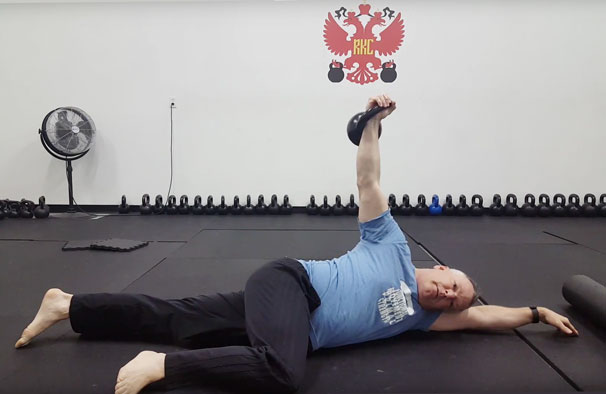
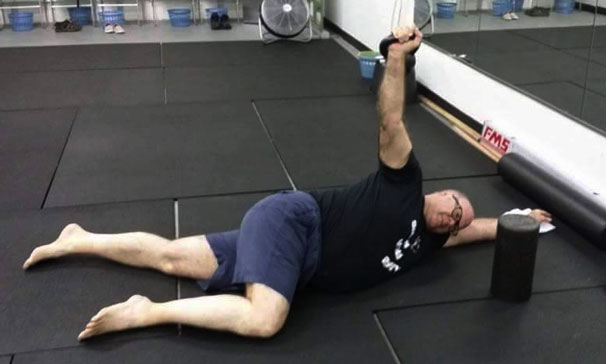
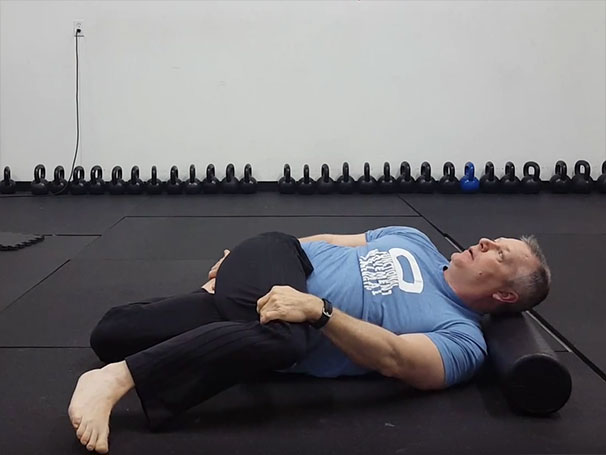
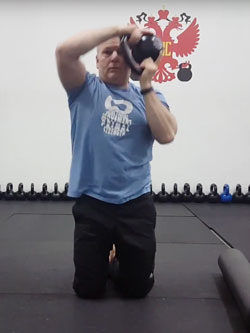
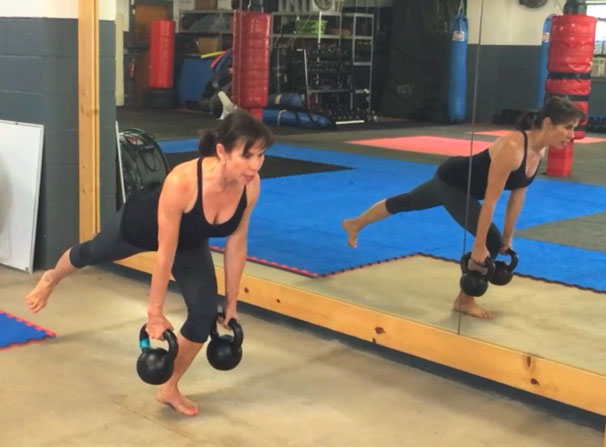
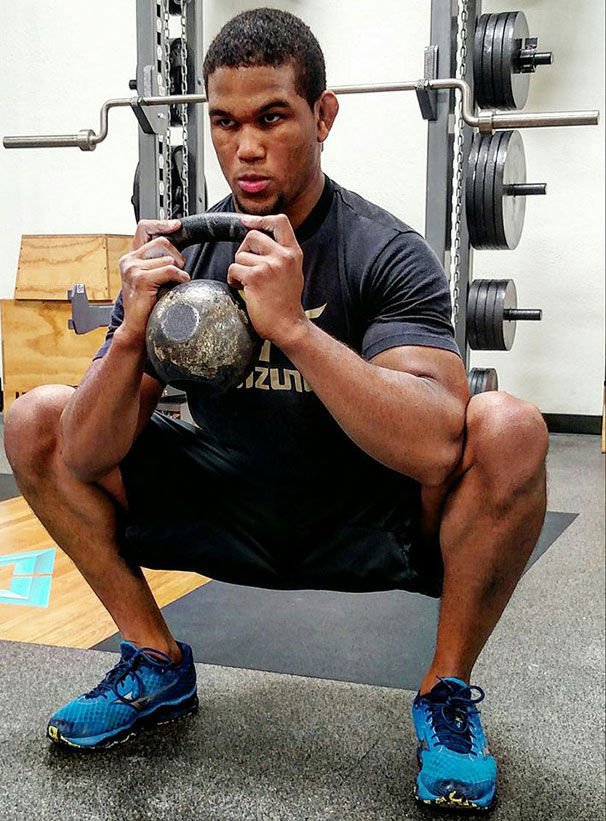
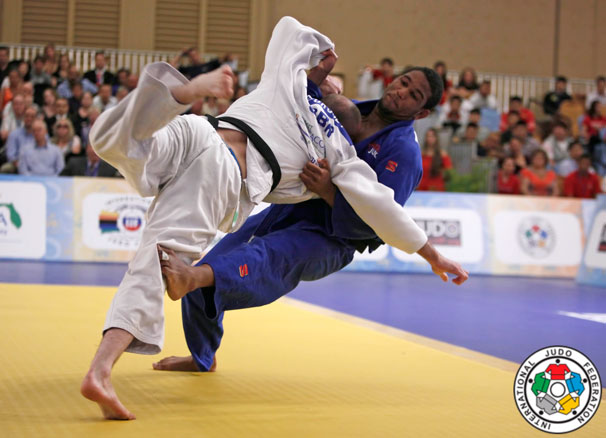
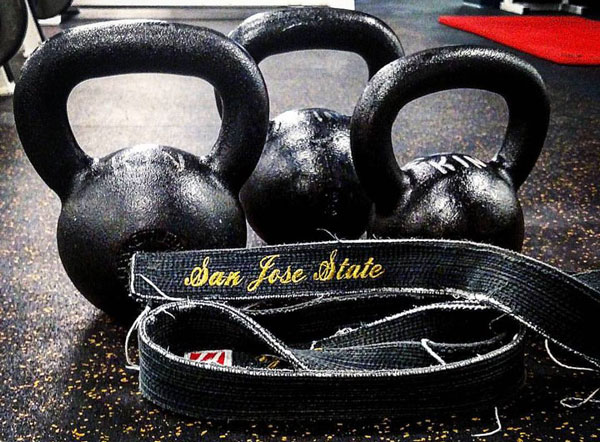
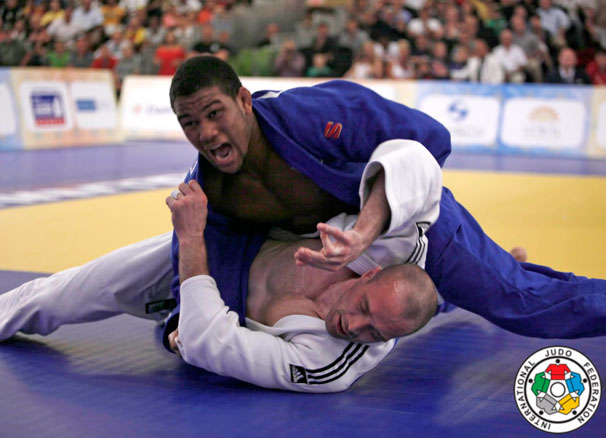
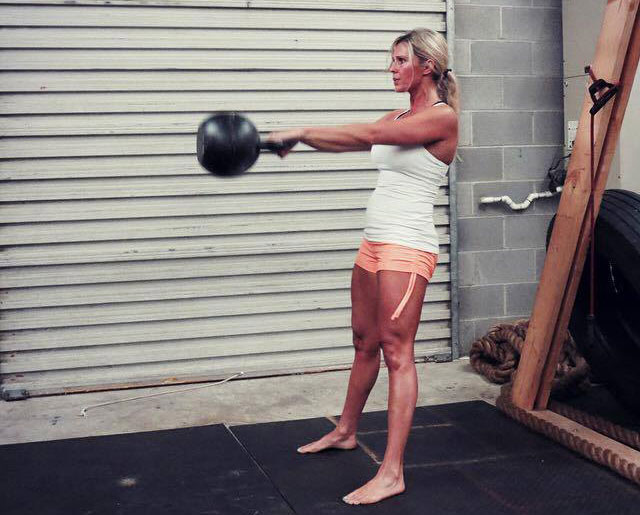

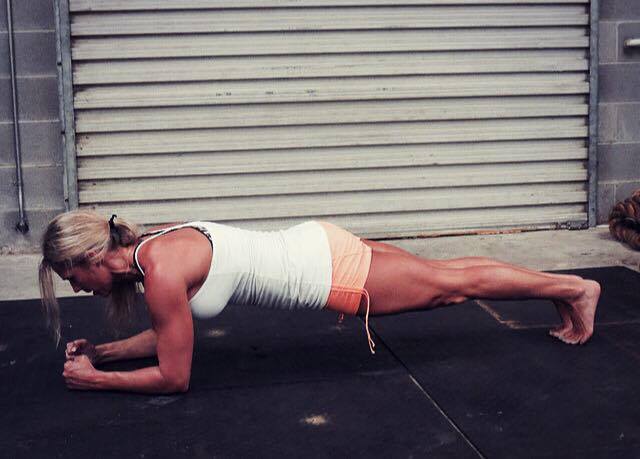
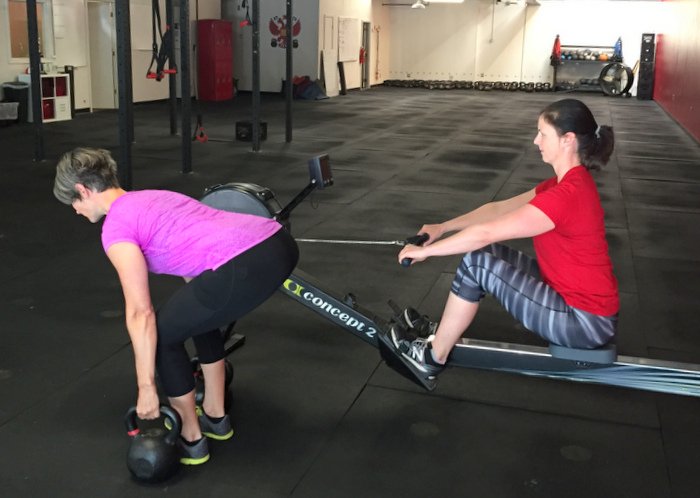
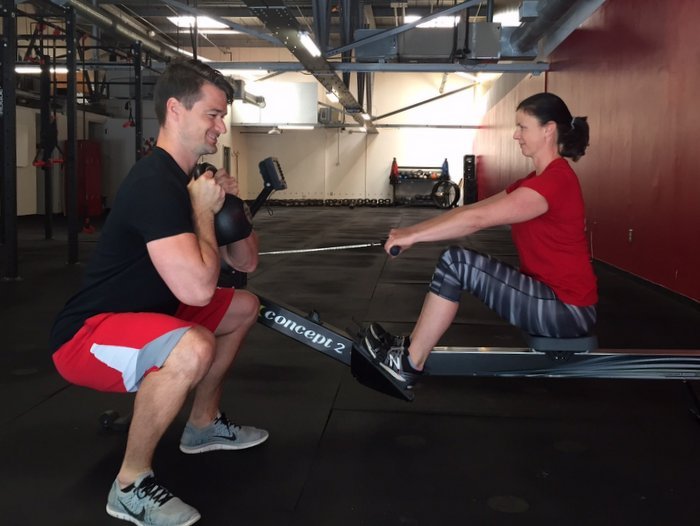
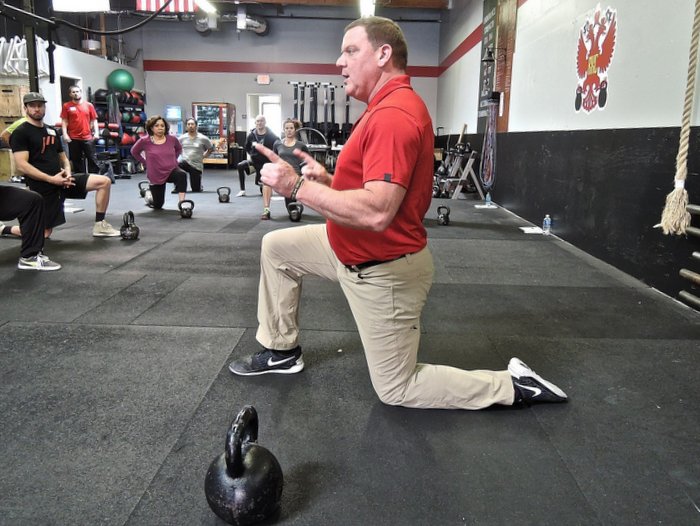
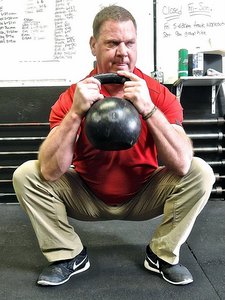
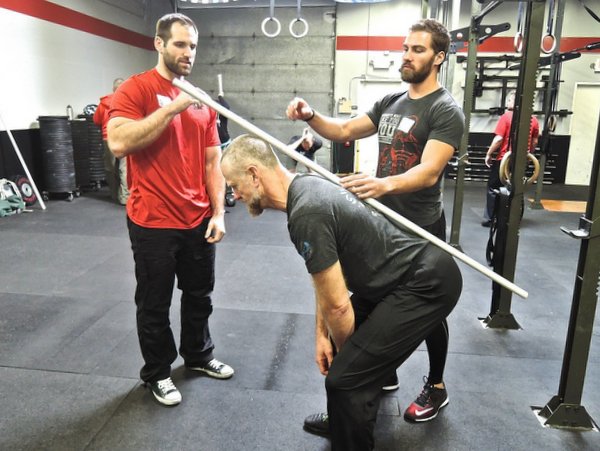
 Recertifying will get eyes on you again. Recertifying for $500 means three days of expert teaching and evaluation from at least three people, if not many, many more. This is a bargain compared to hiring a personal trainer.
Recertifying will get eyes on you again. Recertifying for $500 means three days of expert teaching and evaluation from at least three people, if not many, many more. This is a bargain compared to hiring a personal trainer.